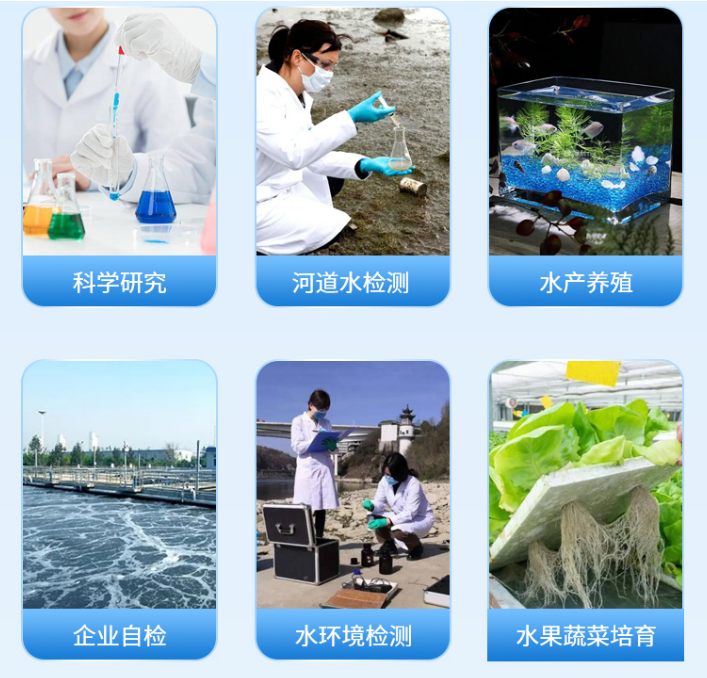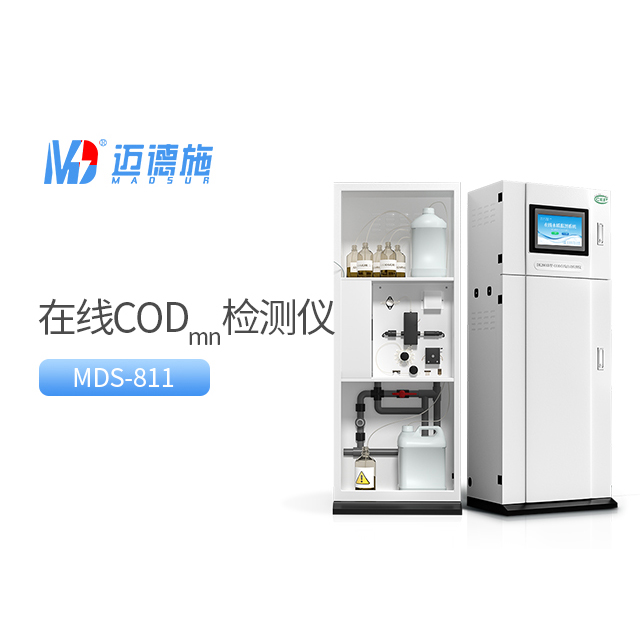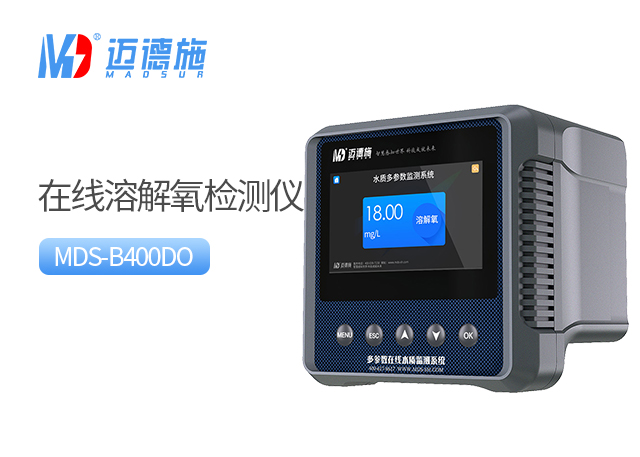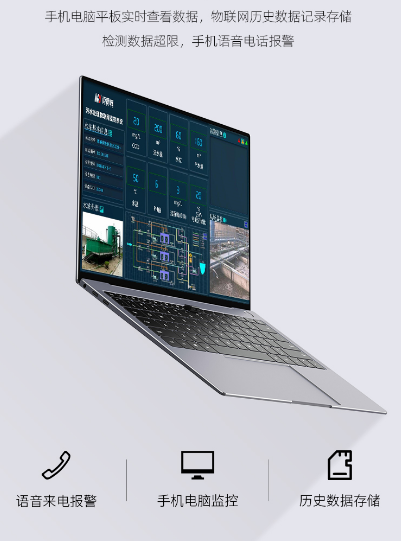Can Chloride Ions Make Monitors "Malfunction"? Besides Online Permanganate Analyzers, These Devices Also Need Attention!
In the water quality monitoring work of enterprises, the interference caused by chloride ions has become a core dilemma for many companies. The manufacturers of residual chlorine water quality analyzers are well - aware of this situation.

First, let's talk about the decision - making mistakes caused by inaccurate data. In a chemical industrial park, chloride ions interfered with the COD monitor, leading the staff to misjudge that the wastewater had reached the discharge standard. As a result, they were caught by the environmental protection department and fined 200,000 yuan. What a heavy loss! Another problem is the out - of - control equipment maintenance cost. In high - chloride wastewater, the electrode life of an ordinary monitor, which could originally last for one year, can now only be maintained for three months. This means that the cost of replacing electrodes has increased by three times a year, greatly increasing the cost pressure on enterprises.
So, what kind of interference do chloride ions have on various monitors? Let's take a look at this "interference list".
1. Online Permanganate Index Monitor

The oxidation reaction of chloride ions can interfere with the detection, making the detection value higher, thus masking the real pollution level. The online total phosphorus monitor is also affected by chloride ions. Chloride ions can inhibit the color - developing reaction, resulting in a lower total phosphorus detection value. Eventually, the wastewater treatment fails to meet the standard.
2. Electrode Membrane of Online Dissolved Oxygen Monitor

It is corroded by chloride ions, resulting in data drift, which has a great impact on the regulation of the aeration system. The electrode sensitivity of the online pH meter also decreases due to chloride ions, leading to inaccurate pH value detection and an imbalance in the chemical dosing system.
However, the online residual chlorine automatic monitor can "resist interference". Thanks to its technical characteristics, it uses a "selective electrode" that is only sensitive to residual chlorine (including free chlorine and combined chlorine) and is not affected by the chloride ion concentration at all. Moreover, it has additional value. By monitoring residual chlorine, the chloride ion level can be indirectly reflected. For example, in the disinfection process, there is a correlation between residual chlorine and chloride ions, which can provide an "anti - interference reference value" for other instruments.
How can enterprises avoid these pitfalls?
When selecting instruments in high - chloride scenarios, priority should be given to models marked "resistant to chloride ion interference". For example, the COD monitor preferably has an automatic addition function of mercury salt masking agent. In addition, an online residual chlorine monitor should be installed. In high - chloride wastewater fields such as medical and printing and dyeing industries, use its data to calibrate other instruments to avoid compounding mistakes. After a hospital sewage treatment station installed an online residual chlorine monitor, the detection deviation of the permanganate index decreased from 35% to 5%, and the treatment cost also decreased by 15%.

In general, chloride ion interference is a "systematic problem" that needs to be solved from two aspects: "monitor selection + linkage verification". The online residual chlorine monitor plays an important role in this. If you are also troubled by the interference of chloride ions, welcome to consult Maideshi, a chlorine sensor Manufacturer. Choose the right instrument and conduct proper verification to ensure the accuracy of monitoring data and avoid unnecessary losses.
In the world of water quality monitoring, Digital residual chlorine sensor and online residual chlorine detector are crucial tools. They help enterprises better understand the water quality situation and deal with the challenges brought by chloride ions. Make a wise choice today to ensure a more reliable water quality monitoring system tomorrow.
Previous: Fluctuating Residual Chlorine? Online Residual Chlorine Automatic Monitor: Set Up a "Precise Early - warning Sentinel" for Waterworks
Next: Having Problems with Pool Water After Rain? Choose the Right Online Residual Chlorine Automatic Monitor to Easily Handle Water Quality Fluctuations

